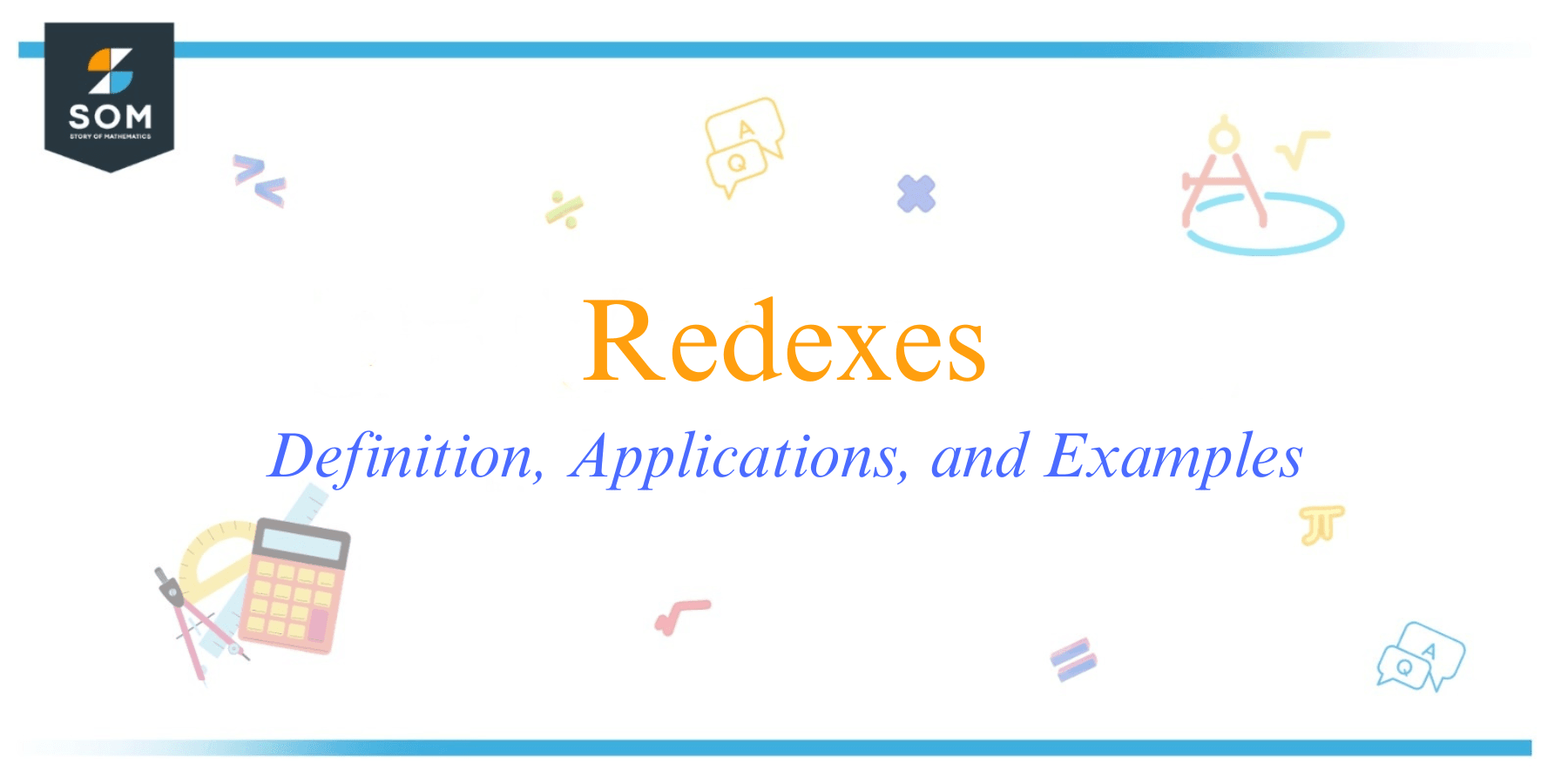JUMP TO TOPIC

This article explores redexes, unveiling the mechanics behind transforming complex expressions into simpler ones.
Definition
In computer science and lambda calculus, a redex, short for ‘reducible expression,’ refers to a part of an expression that can be simplified or ‘reduced‘ according to certain rules.
The concept of redexes is particularly central to lambda calculus, a theoretical framework that underpins many functional programming languages. In the context of lambda calculus, a redex is a portion of an expression in the form of an application of a lambda abstraction to an argument.
A simple example of a redex in lambda calculus might be the expression (λx.x) y, where the entire expression is a redex. According to the rules of lambda calculus, this redex can be reduced to the variable y by substituting y for x in the body of the abstraction.
Reduction is not limited to a single step. Multiple reduction steps might be necessary in complex expressions to reach a fully simplified form. The choice of which redex to reduce first can influence computation efficiency, leading to the development of various ‘reduction strategies‘ or ‘evaluation strategies‘.
Properties
Here are some key properties and considerations regarding redexes:
Reduction
A redex can be reduced or simplified through a process called β-reduction. In the pattern (λx. E) E’, the redex can be reduced by replacing all occurrences of the variable x in E with the expression E.’ This process is called substitution.
Multiple Redexes
A lambda expression can contain multiple redexes. For example, in the expression (λx. (λy.y) x) (λz.z), there are two redexes: the whole expression and the subexpression (λy.y) x.
Order of Reduction
When an expression contains multiple redexes, the order in which they are reduced can affect the efficiency of computation and, in some cases, the final result. Different reduction strategies can be used, such as ‘normal order‘ (reduce the leftmost, outermost redex first), ‘call by name‘, and ‘call by value‘.
Church-Rosser Property
A critical property of lambda calculus is the Church-Rosser theorem, or confluence property, which says that if an expression E can be reduced to two different expressions, E1 and E2, then there is some expression E3 to which both E1 and E2 can be reduced. This means that the choice of redex to reduce doesn’t affect the expression’s final, fully reduced form, assuming reduction terminates.
Termination
Not all lambda expressions reduce to a normal form (with no more redexes). Some expressions, such as the Y combinator in untyped lambda calculus, result in infinite reduction sequences. Whether an expression has a normal form and whether a given reduction strategy finds it are key considerations in the study of lambda calculus.
Critical Pairs
In the context of term rewriting systems, which generalize lambda calculus, a redex can overlap with another redex. The different ways of resolving this overlap lead to the notion of a ‘critical pair‘. Studying the critical pairs of a term rewriting system can help understand its confluence and termination properties.
Free and Bound Variables
In the substitution process during reduction, care must be taken to avoid ‘variable capture.’ If the expression E’ being substituted for x in E contains free variables (variables not under the scope of an abstraction), and if those variables are bound in E, then the meaning of E’ could change when substituted into E.
Exercise
Example 1
Redex: (λx.x y)
Solution
Reduction: replace x with y in the body of the lambda expression, resulting in y.
Example 2
Redex: (λx.x (λy.y z))
Reduction: replace x with (λy.y z) in the body of the lambda expression, resulting in (λy.y z).
Example 3
Redex: (λx.(λy.y) x) z
Solution
Reduction: replace x with z in the body of the lambda expression, resulting in (λy.y) z. Now there’s another redex, which we can further reduce to z.
Example 4
Redex: (λx.(λy.x) z) w
Solution
Reduction: replace x with w in the body of the lambda expression, resulting in (λy.w) z. Now there’s another redex, which we can further reduce to w.
Example 5
Redex: (λx.(x x) (λy.(y y y)))
Solution
Reduction: replace each occurrence of x with (λy.(y y y)) in the body of the lambda expression, resulting in (λy.(y y y) λy.(y y y)).
Applications
Functional Programming
Redexes underpin the execution of functional programming languages, which are based on lambda calculus. When a function is applied to an argument in a functional language, a redex is created, and the computation proceeds by reducing these redexes. This includes languages like Haskell, Lisp, Scheme, Erlang, and others.
Programming Language Semantics
The concept of redexes and their reduction is central to understanding the semantics of programming languages, not just functional ones. Concepts like call-by-value, call-by-name, and call-by-need semantics relate to when and how redexes are reduced.
Compilers and Interpreters
Redexes play a critical role in the implementation of compilers and interpreters for programming languages. The choice of reduction strategy can significantly impact the performance of the resulting program.
Distributed Systems
In the field of distributed systems, lambda calculus and redexes can model processes and their interactions. Here, a redex can represent a potential interaction, and reducing it models the execution of that interaction.
Concurrency and Parallelism
Some models of concurrency and parallel computation use the concept of redexes to describe possible steps of computation. A concurrent or parallel system can be viewed as having many redexes, each of which could be reduced independently, representing a possible concurrent action.
